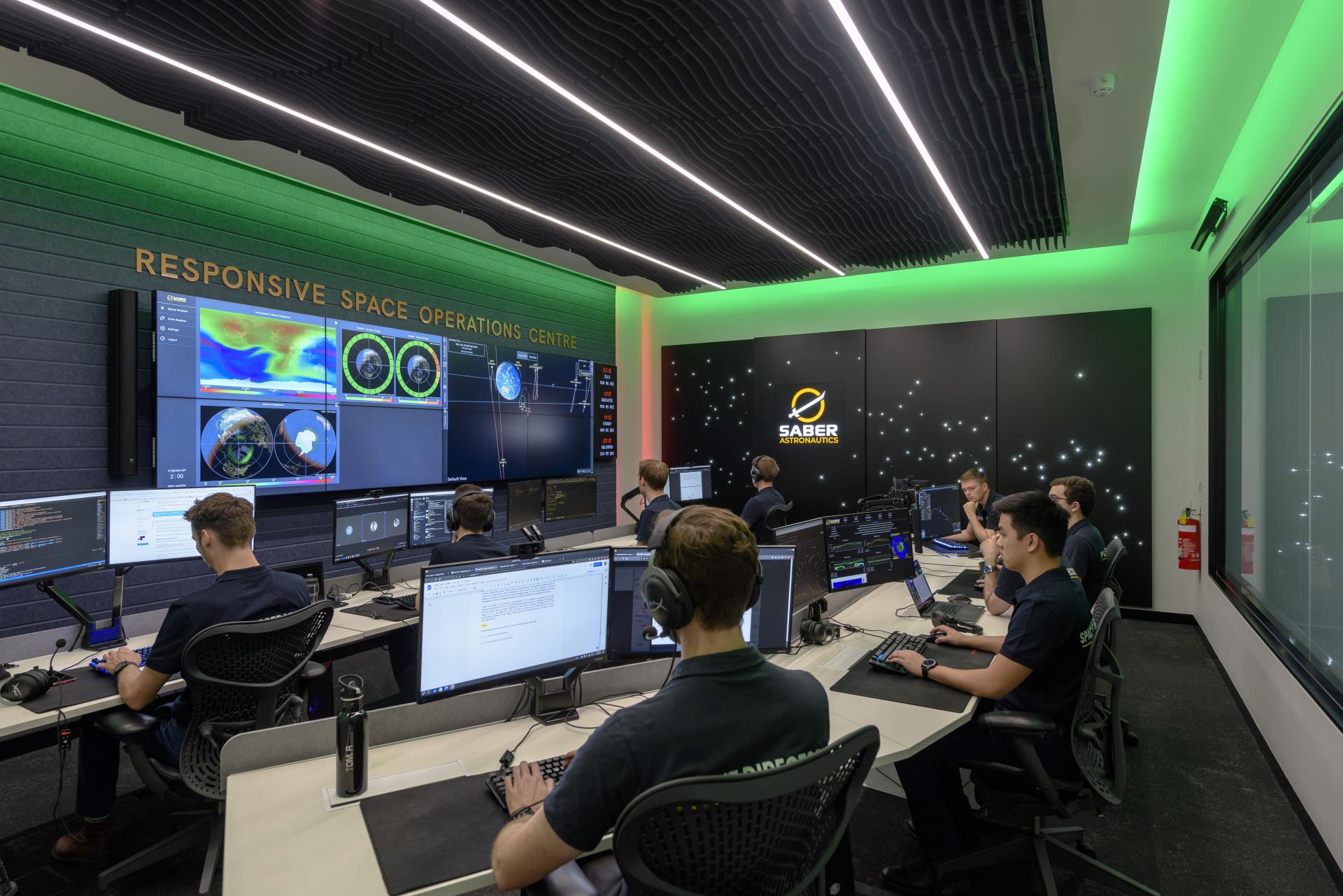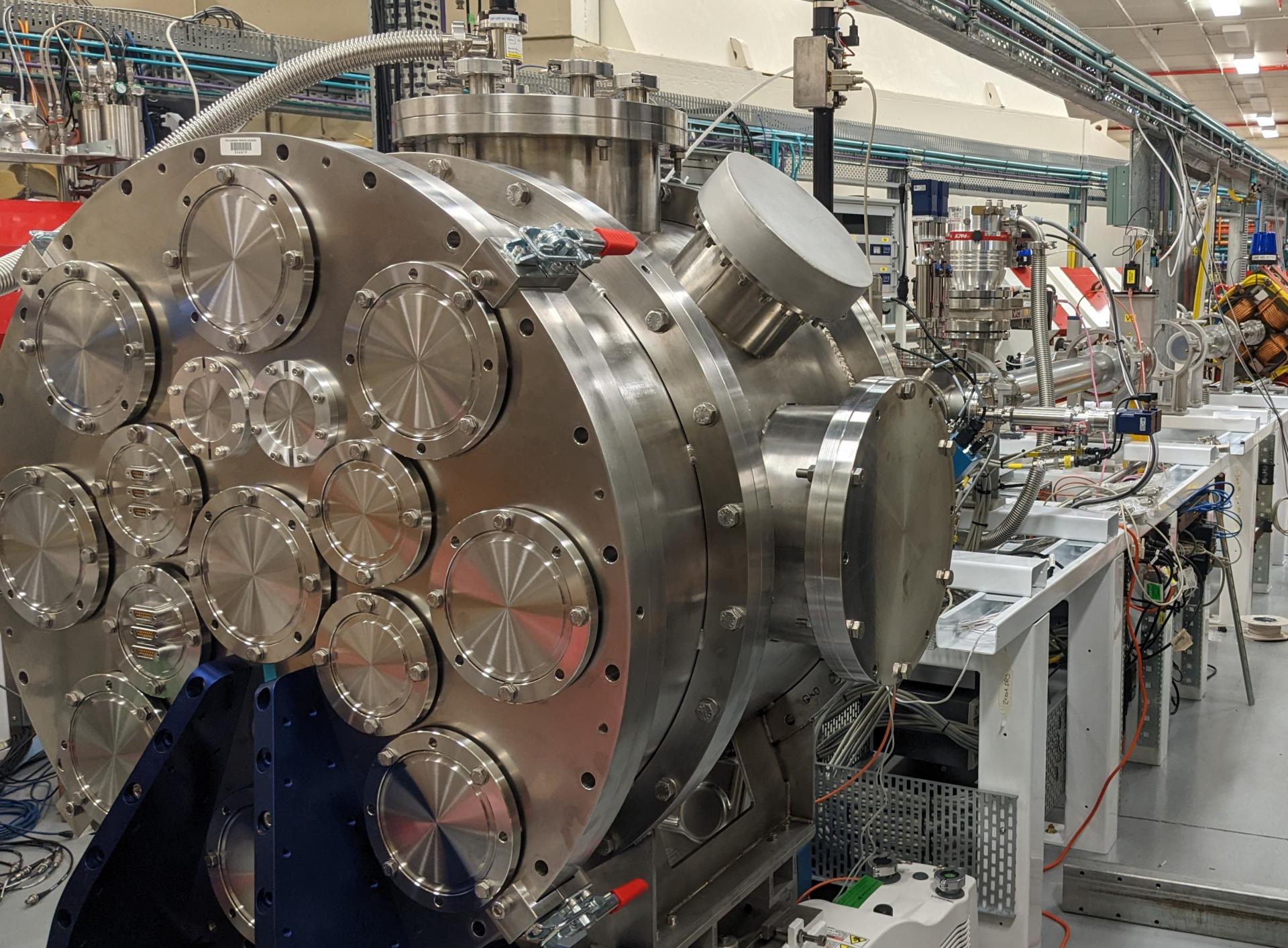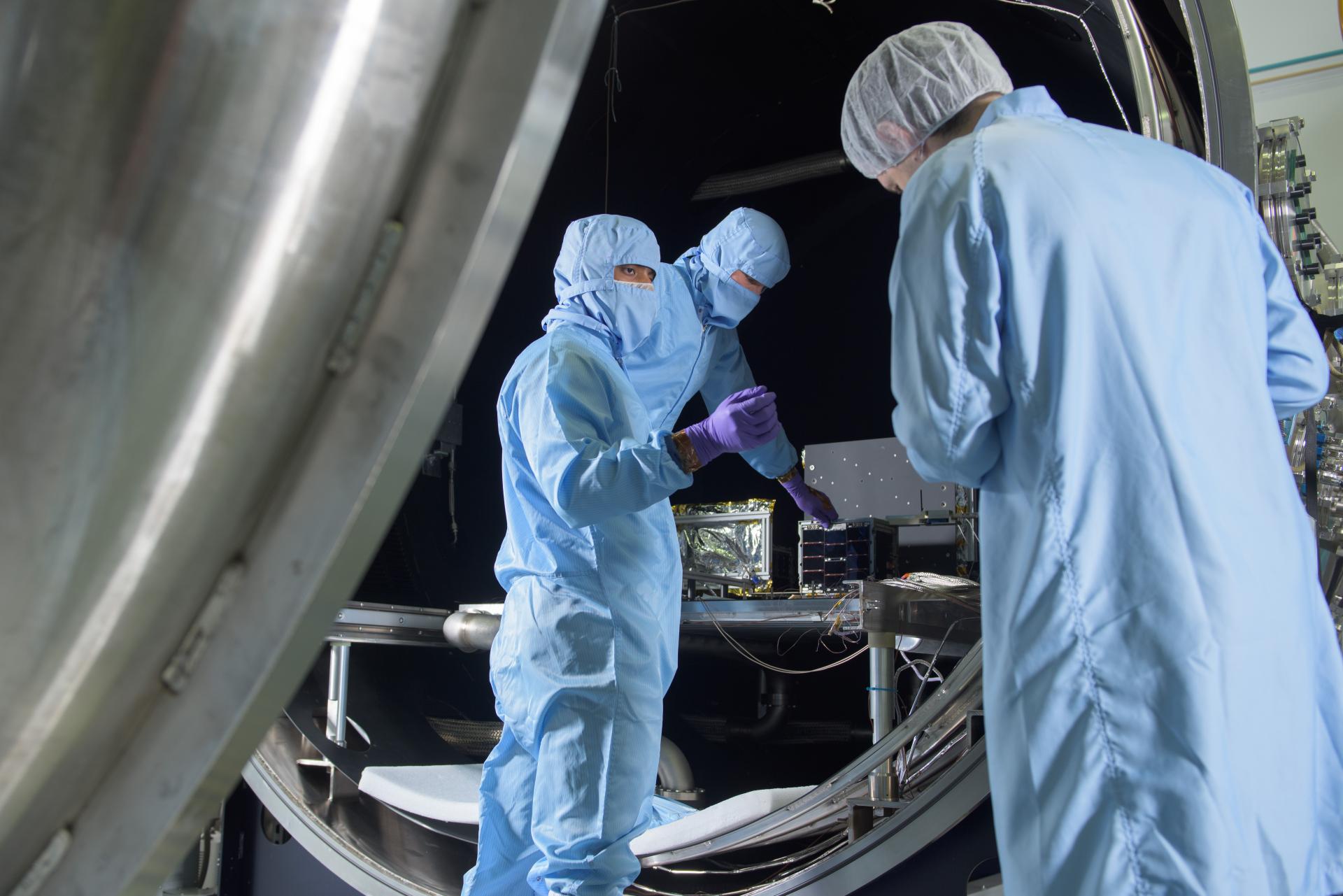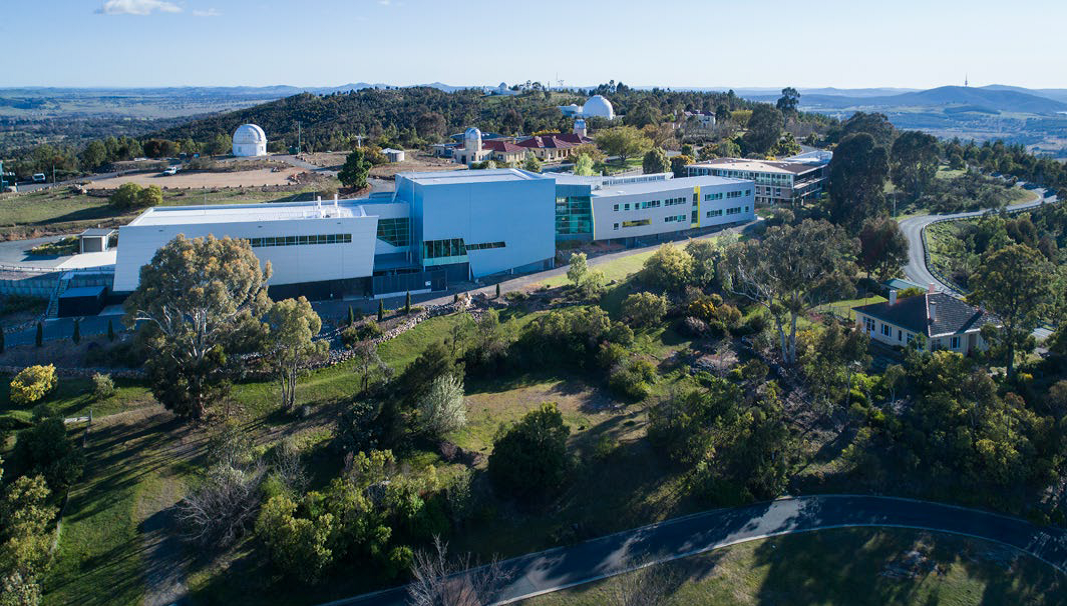The National Space Qualification Network (NSQN) is Australia’s answer to testing space technology for missions beyond Earth. It locally qualifies satellites and other space-bound systems via global supply chains.
The NSQN launched in mid-2021. It had $2.5 million backing from the Australian Space Agency’s Space Infrastructure Fund. There is now $1 billion of space qualification infrastructure across the country. It will safeguard the success of future missions to space.
The NSQN boasts an impressive national network of unique testing facilities. World-class space experts operate the sites.
The seven founding nodes include The Australian National University Institute for Space (InSpace), Australian Nuclear Science and Technology Organisation (ANSTO), Steritech, University of Wollongong Australia Centre for Medical Radiation Physics, Saber Astronautics, Nova Systems, and Heavy Ion Accelerators (HIA).



Local ‘space-ready’ testing
Historically, Australian space-borne electric components had to be tested overseas. This was time-consuming and costly.
The NSQN provides a gateway to space testing in Australia. It is directing and connecting prospective customers to test services across its nodes. Companies and organisations can engage with NSQN and leverage its credible facilities to gain quality assurance for their products at nsqn.org.
The NSQN is educating and training users, building a knowledge base, and providing information to customers on the importance of testing, how testing is conducted, and costs of testing. By reducing the need to send products off-shore for testing, the NSQN is making it easier and more cost-effective for companies to space-qualify their products. This gives Australia a more competitive position in the global space industry.
Space hardware faces significant threats in the harsh space environment, with hazardous levels of radiation and extreme hot and cold temperatures. Additionally, intense stress caused by acoustics and vibrations during launch can threaten the integrity of equipment. By simulating these extreme conditions on the ground, NSQN’s customers can be assured their products can withstand extreme environments in space.
World-class facilities
Many of the NSQN nodes can replicate a space environment at an advanced level.
The Heavy Ion Accelerator Facility (HIAF) is a ‘unique scientific facility combining voltages of up to 15 million volts with some of the most accurate beam control and detection technology in the world,’ Professor Anna Moore, Director, ANU Institute for Space said.
‘50 years of expertise in fundamental nuclear physics research, coupled with continual improvement and upgrades, ensures that work performed at HIAF is always at the cutting edge and provides a radiation testing capability unique in Australia.’
Another world-class facility within the NSQN is the National Space Test Facility, located at the Australian National University, which offers severe space environmental testing of satellites, payloads, sub systems, and components.
There are myriad advantages to the vast array of world-class space testing facilities that the NSQN offers, according to Professor Moore.
‘The NSQN offers the ability to uplift the curation, maintenance, and launch of Australia’s sovereign space capabilities to preserve and secure our nation and have ownership over our communications, national security, and resilience. These are national priorities that are vital to our future.’
The NSQN is cementing Australia as an important global partner in space, filling a gap in the space qualification market in Australia and beyond, with reach extending into the Indo-Pacific region.
Future-proofing space missions
Future space missions necessitate producing and developing sovereign critical technology for Australia. This technology could be used to track bushfires, floods, and climate change. Locally tested space-borne technology can offer many benefits on Earth and create new jobs.
‘This technology can underpin the agriculture and mining industries. It could provide national security data for intelligence, surveillance, and reconnaissance and regional data for maritime domain awareness,’ Professor Moore said.

Missions-to-date
The NSQN has been utilised by most Australian groups operating in low-earth-orbit space today. This includes University of New South Wales-Canberra’s Space’s M2/M3 mission, Fleet, and Skykraft.
The NSQN’s radiation services are growing in demand. Testing has been performed to uplift advanced manufacturing across space borne solar cells, electronics, materials and robotics.
In August 2023, the University of Melbourne, with partners Inovor Technologies, Neumann Space, and Nova Systems, completed the final space environmental testing of their SpIRIT satellite at the National Space Test Facility. SpIRIT, developed in collaboration with the Italian Space Agency, is the first satellite funded by the Australian Space Agency.
‘Success in environmental testing represents a key milestone in the development of SpIRIT, and the effective research collaboration with the National Space Test Facility Team ensures that all our verification and testing objectives can be met on a tight schedule,’ a spokesperson from the University of Melbourne said.
SpIRIT will launch with SpaceX later in November 2023.

